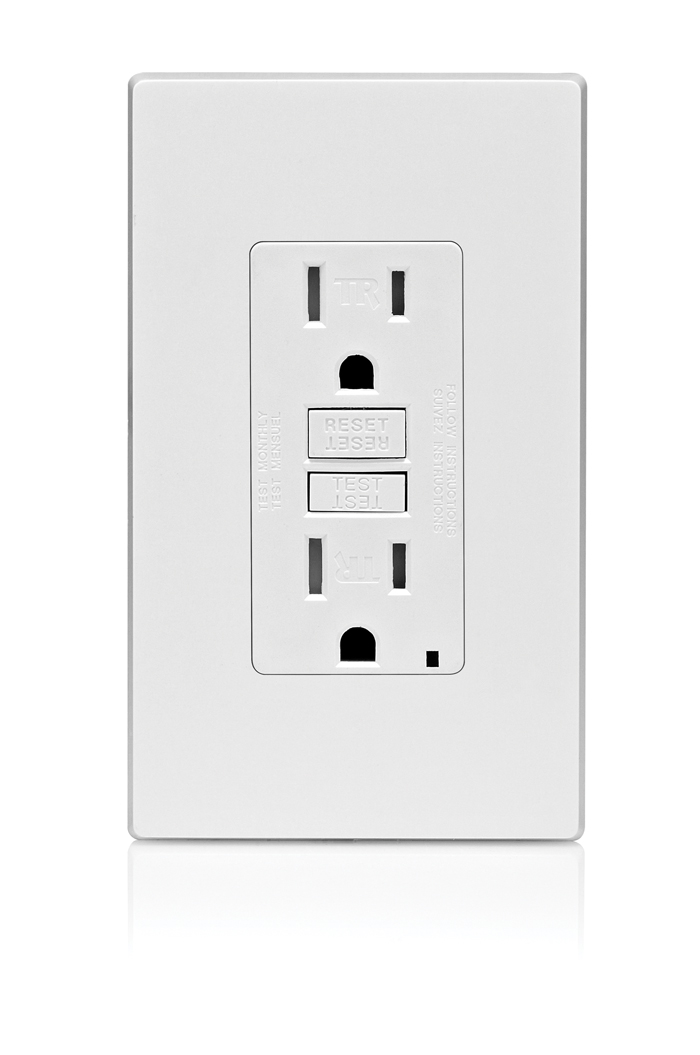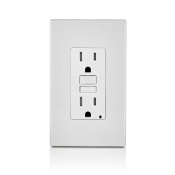210.8 GFCI Measurement Distance — Door Barrier Removed
Change Summary
- Revision removes “door” and “doorway” as items the supply cord of an appliance connected to the receptacle must not pass through in order to satisfy measurement requirements for GFCI protection
| NEC® Text |
|---|
|
210.8 Ground-Fault Circuit-Interrupter Protection for Personnel. Material taken from the National Electric Code. is reprinted with permission from NFPA 70., 2020 edition. |
Expert Analysis
For the 2017 NEC, a new provision was added at the parent text of 210.8 to indicate that measurements from receptacles to objects (such as a sink) that would qualify for GFCI protection should be measured as the “shortest path” a cord of an appliance connected to a receptacle would take without piercing a floor, wall, ceiling, or fixed barrier, or passing through a door, doorway, or window.

These requirements were further revised for the 2020 NEC by removing “doors and doorways” as items the supply cord of an appliance connected to the receptacle must not pass through. Is a cabinet door a “door” that would qualify for this measurement requirement? Most in the electrical industry would have answered, “yes” to that question. To eliminate all doubt, CMP-2 removed “door” and “doorway” from the list of obstacles that should not be measured through for this Code cycle.
The receptacle that has raised the most question for this GFCI protection has been the 120-volt, 20-ampere receptacle under the kitchen sink for the garbage disposer. In the previous editions of the Code, in order to apply GFCI protection for this receptacle, 210.8 Measurements for GFCI Protection continued from page 10 Material taken from the National Electric Code® is reprinted with permission from NFPA 70®, 2020 edition. National Electrical Code®, Copyright 2019, National Fire Protection Association, Quincy, MA. All rights reserved. 13 one would have had to take the measurement from the top, inside edge of the sink [see 210.8(A)(7)] and pass through the kitchen cabinet door to complete this measurement (which was prohibited by the parent text of 210.8). For the 2020 NEC, passing the measurement through the cabinet door is no longer prohibited.
Some in the electrical industry would argue that this revision took this GFCI requirement too far. The removal of “door” would have accomplished the intent of getting GFCI protection for the receptacle located under the kitchen sink behind a cabinet door. By also removing the word “doorway,” this opened up GFCI protection to something like a receptacle located in a bedroom, but also located within 1.8 m (6 ft) of a bathroom sink when the measurement is taken from the top, inside edge of the bathroom sink, through the bathroom doorway to the bedroom receptacle located around the corner from the doorway. A bedroom receptacle outlet has never drawn requirements for GFCI protection but would demand GFCI protection under these unique circumstances.
Leviton Solution
The Leviton SmartlockPro® Self-Test GFCI tests itself even if you forget. Designed to meet the latest UL standard for auto-monitoring (self-test) our complete line of self-test GFCIs periodically conduct an automatic internal test to confirm that it can respond to a ground fault. With the slimmest profile on the market, the device allows for fast and easy installation, while Leviton’s patented reset lockout mechanism prevents reset of the GFCI if it is not wired or operating correctly. The SmartlockPro® Self-Test GFCI is the smart choice in ground fault circuit interrupter protection.

GFTR1-W








